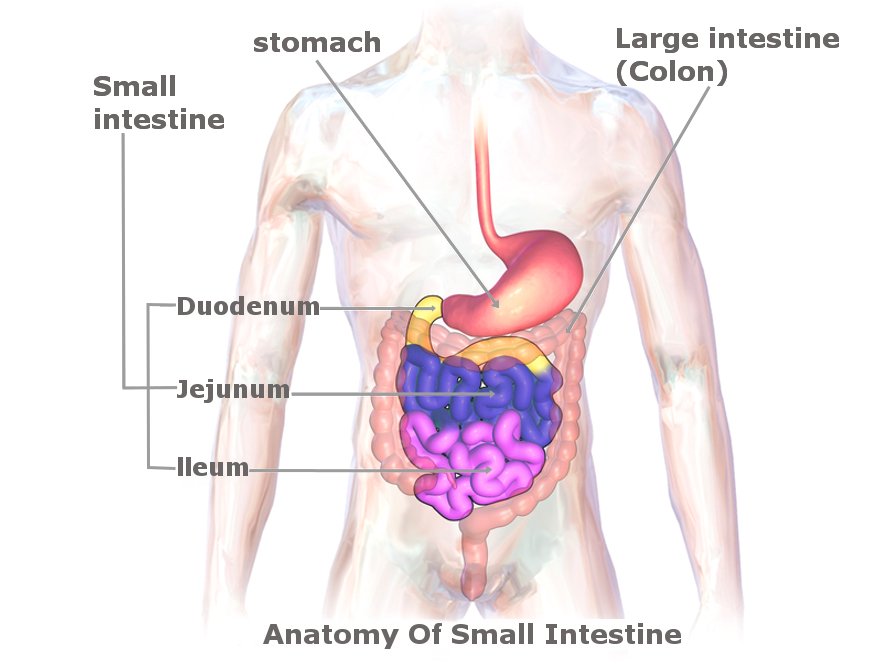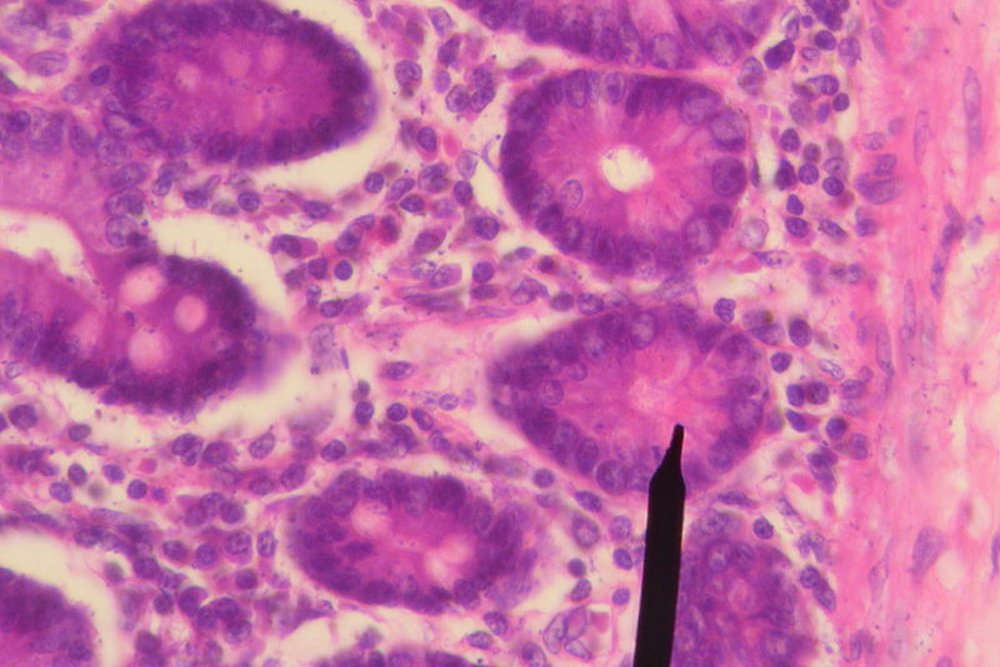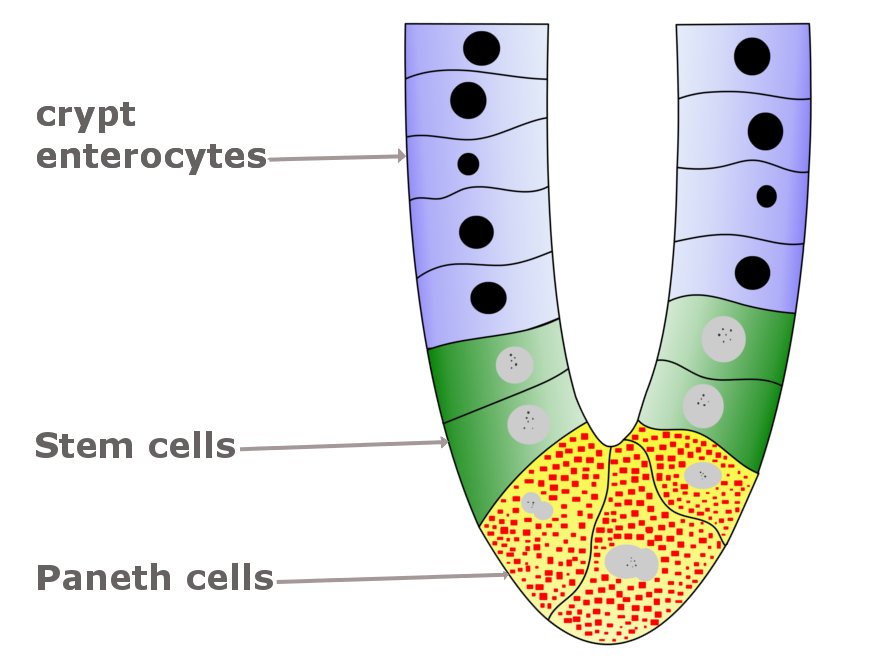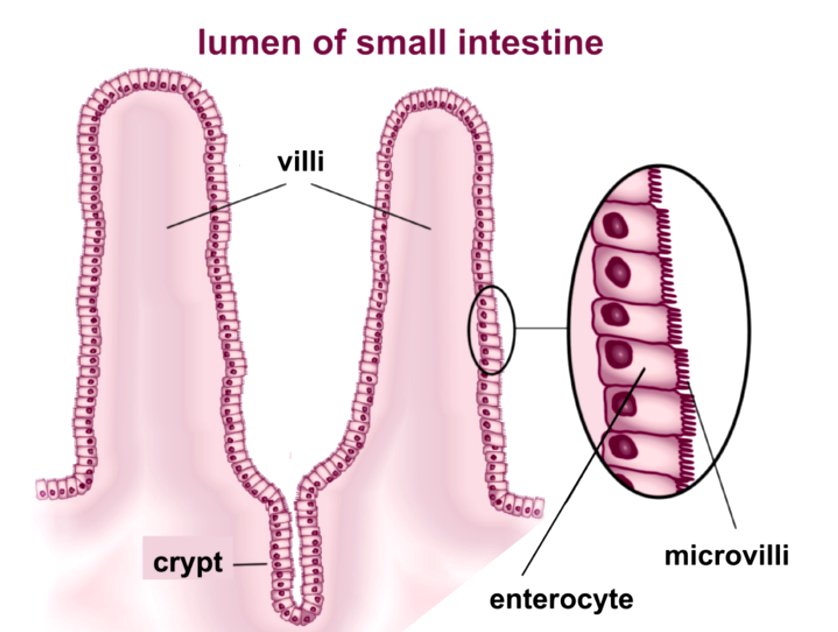Table of Contents (click to expand)
Paneth cells are one of the main cells types of the epithelium, which provide host defense against the microbes in the small intestine. When these Paneth cells are exposed to bacteria, they secrete a number of antimicrobial molecules which help maintain the gastrointestinal barrier.
The food we consume goes through a long journey before it gets digested or excreted from the body. However, there are only a few organs that are directly involved in the process. One is the stomach, of course, and the other crucial part of the entire digestive process is the small intestine.

Most of us, who have little or no knowledge of the process of digestion, would simply assume that the stomach is the place where most of the digestive process occurs. However, that’s not really true. It’s the small intestine where 90% of the digestion and absorption of food happens in our body.
The small intestine is responsible for absorbing nutrients and minerals from food. Once the nutrients are broken down, they are absorbed by the inner walls of the small intestine and can flow into the bloodstream. The nutrients become so small there that they can pass across the epithelial cells of the gastrointestinal tract.
Paneth Cells
Paneth cells are one of the main cell types of the epithelium, which provide host defense against microbes in the small intestine. When these Paneth cells are exposed to bacteria, they secrete a number of antimicrobial molecules that help to maintain the gastrointestinal barrier.

For starters, the gastrointestinal barrier is a barrier formed by the gastrointestinal mucosa between the body and the lumenal environment. This environment is laden with potentially hostile toxins and microorganisms, in addition to nutrients that are beneficial to us. Thus, the gastrointestinal barrier helps keep that environment from interacting with the body (Source).
The main cell types of the epithelium (one of the types of animal tissue, i.e., epithelial tissues line the outer surfaces of blood vessels and organs, and inner surfaces of cavities in many internal organs) of the small intestine include paneth cells, goblet cells, enterocytes and enteroendocrine cells.
Also Read: How Do Gut Bacteria Compete With Each Other To Stay In The Gut?
Paneth Cell Function
The main defensive molecules secreted by paneth cells are alpha-defensins, which are also called cryptdins.

Since the concentration of negatively-charged phospholipids in bacterial membranes is higher than vertebrate membranes, these defensins bind to bacterial cells and subsequently disrupt them. This helps to protect cells.
Also Read: How Do Gut Bacteria Help Digestion?
Paneth Cells’ Role In The Small Intestine
When Paneth cells are exposed to bacteria – both gram negative and gram positive types – or such bacterial entities as lipopolysaccharide, muramyl dipeptide and lipid, they are stimulated to secrete defensins. In addition to secreting defensins, Paneth cells also secrete lysozyme and phospholipase A2, both of which demonstrate clear antimicrobial activity.
Paneth cells boast a formidable arsenal thanks to these secretory molecules, which help them fight bacteria, fungi, some enveloped viruses… basically, a large spectrum of agents.
In addition to offering protection against a wide variety of disruptive agents, Paneth cells are also capable of responding to ‘intestinal insults’ by changing into proliferative cells that help in tissue repair.

It should be noted that the small intestine has crypts that house stem cells, which serve to constantly replenish epithelial cells that are lost from the villi (intestinal villi are small, finger-like projections that extend into the lumen of the small intestine). It is of utmost importance that these stem cells are protected, as they contribute to the long-term maintenance of the intestinal epithelium.
Paneth cells are located adjacent to stem cells, which suggests that Paneth cells may have an important role in the defense of epithelial cell renewal.
How well do you understand the article above!

